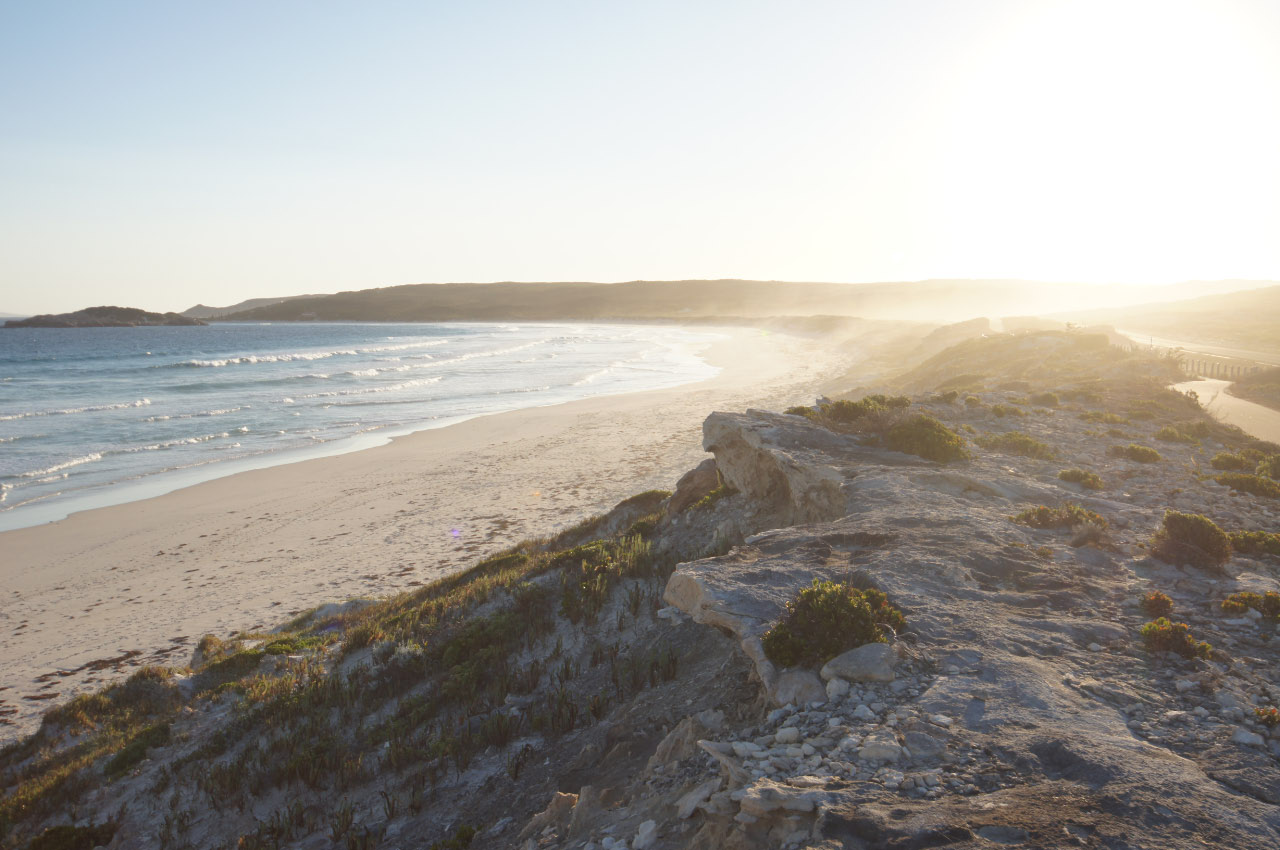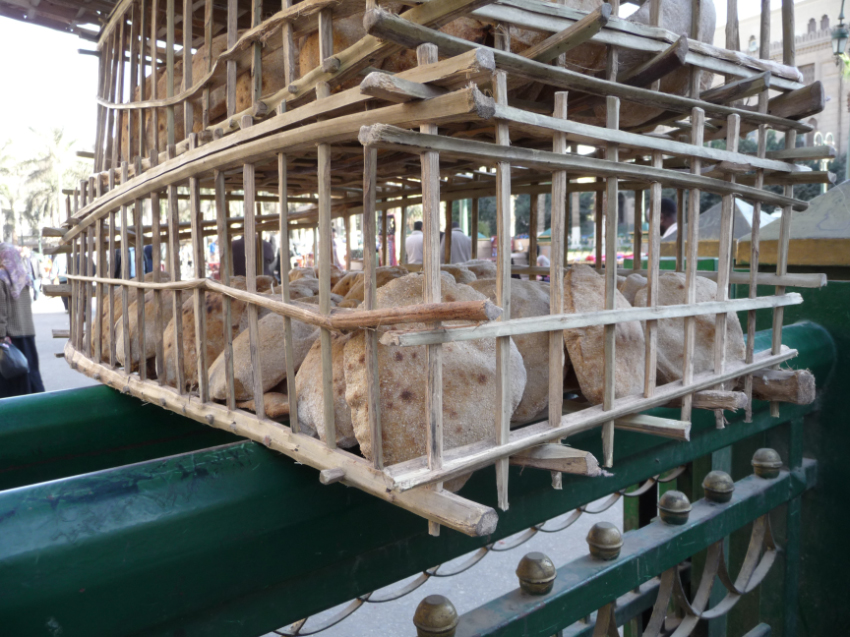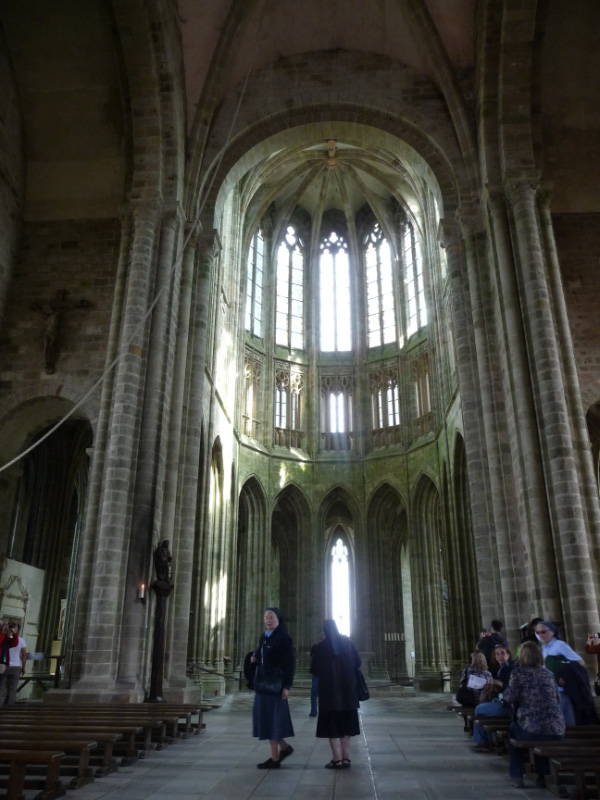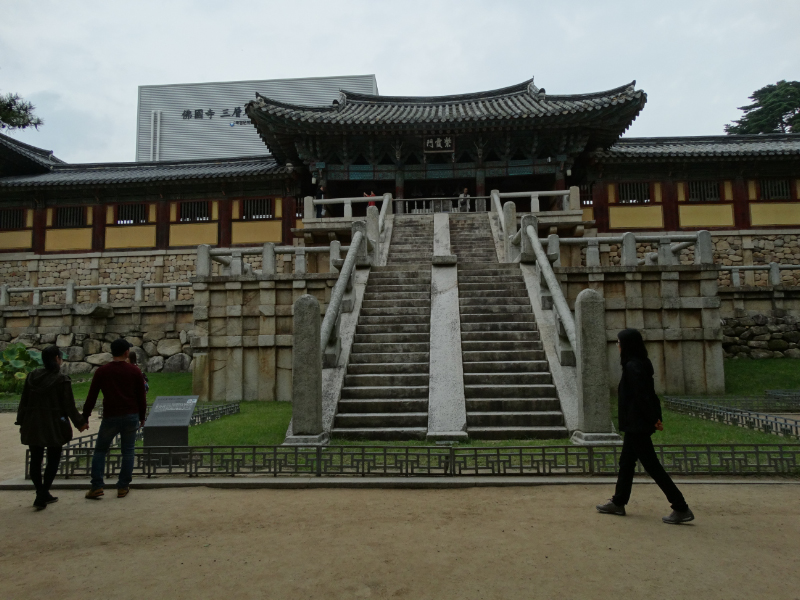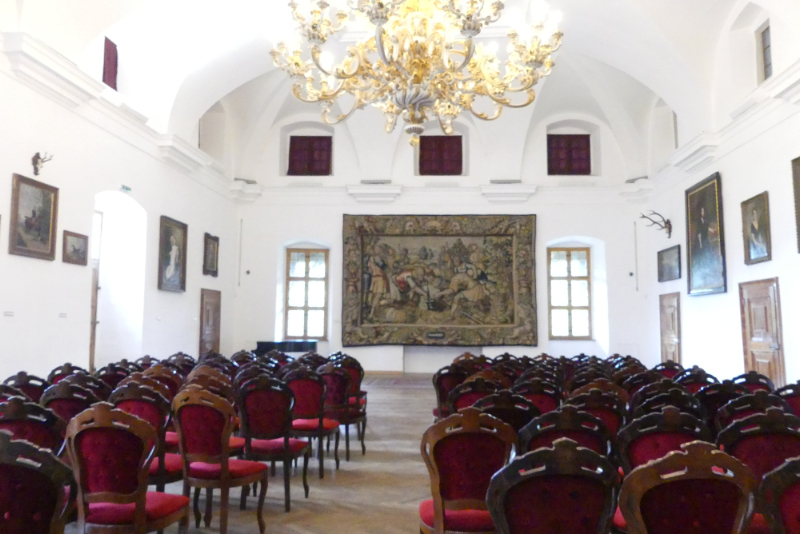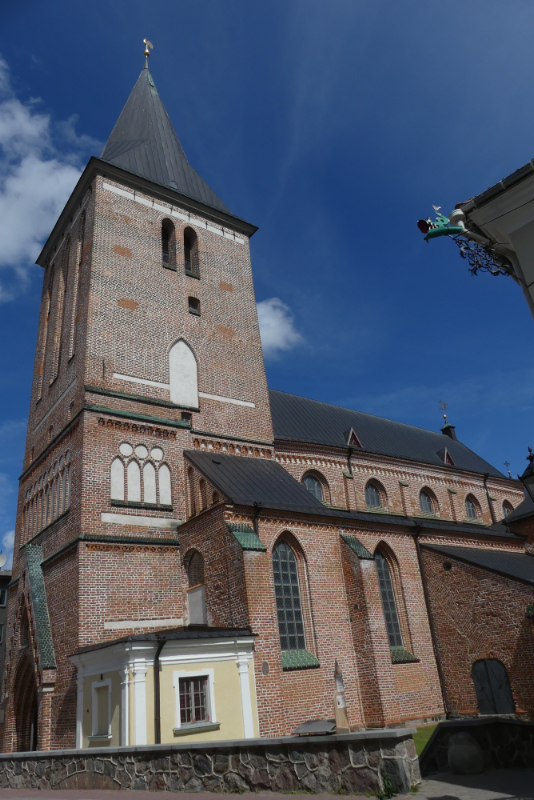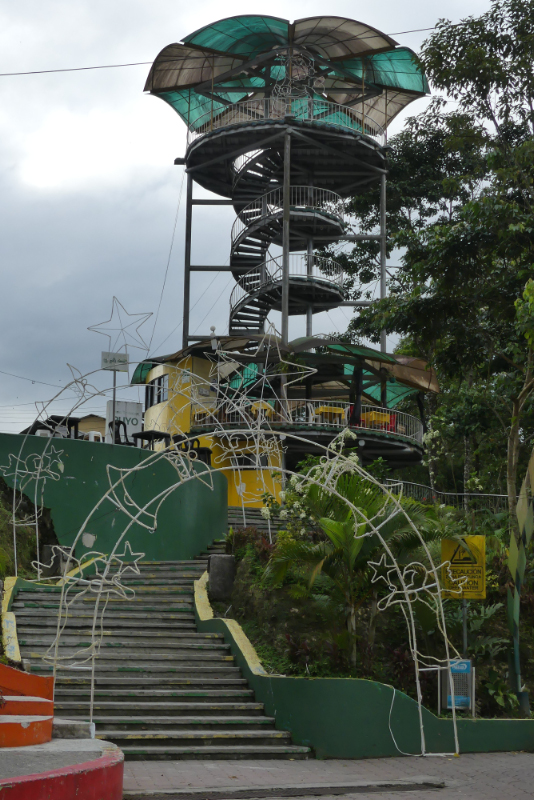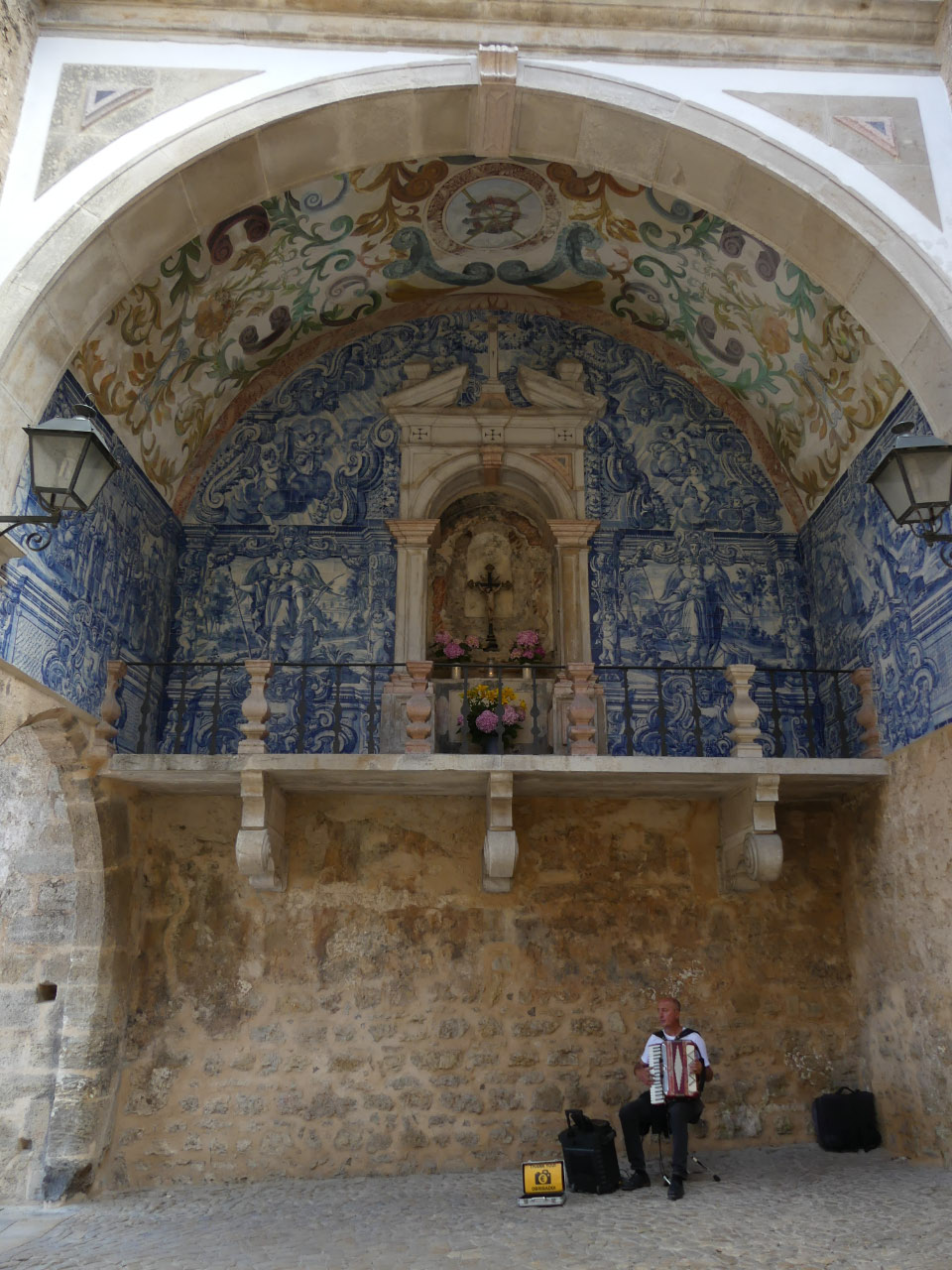Our third dust storm in this adventure was at its worst on the day we visited three of the Desert Castles east of Amman.
TV reports showed the dust storm, which originated in Iran and affected much of the Middle East, affected cities as far east as Karachi in Pakistan.
So our visit to the desert was eerie, with castles looming out of the golden dust.
Qasr Al-Harrana
The date and origin are currently debated by scholars, but thought to be built around 710AD in the Umayyad period, as an inn or Khan. This would make it the earliest khan of the Islamic period.
The building is square, two storeys high with round butresses at each corner and semi-circular butresses on all but the southern wall, which is the entrance.
It is an imposing sight in the flat barren desert, made more eerie by the sandstorm which has been chasing us through the Middle East.
Qasr Amra
Qasr Amra was part of a large complex which included a castle, hunting grounds and many other structures. This building was a small country cabin, meant as a royal retreat and had elaborate facilities for the comfort of the ownersincluding a bath chamber.
The site has been classified on the World Heritage Site List “It is the only monument in the world, from the Umayyad period, that has preserved the totality of its painted decoration (frescoes)”.
Qasr Al Azraq
Desert fort of black basalt also known as the Blue Fortress. It was built by the Romans near an oasis which was the only water source in the vast desert region east of Amman.
It was rebuilt by the Arabs under Izz Ed Din Aybak, an emir of the Ayyubids, whilst fighting the Crusades.
The castle was used by Lawrence of Arabia (for just 1 week) in the winter of 1917, during the Great Arab Revolt against the Ottoman Empire.
e_header.jpg)




























